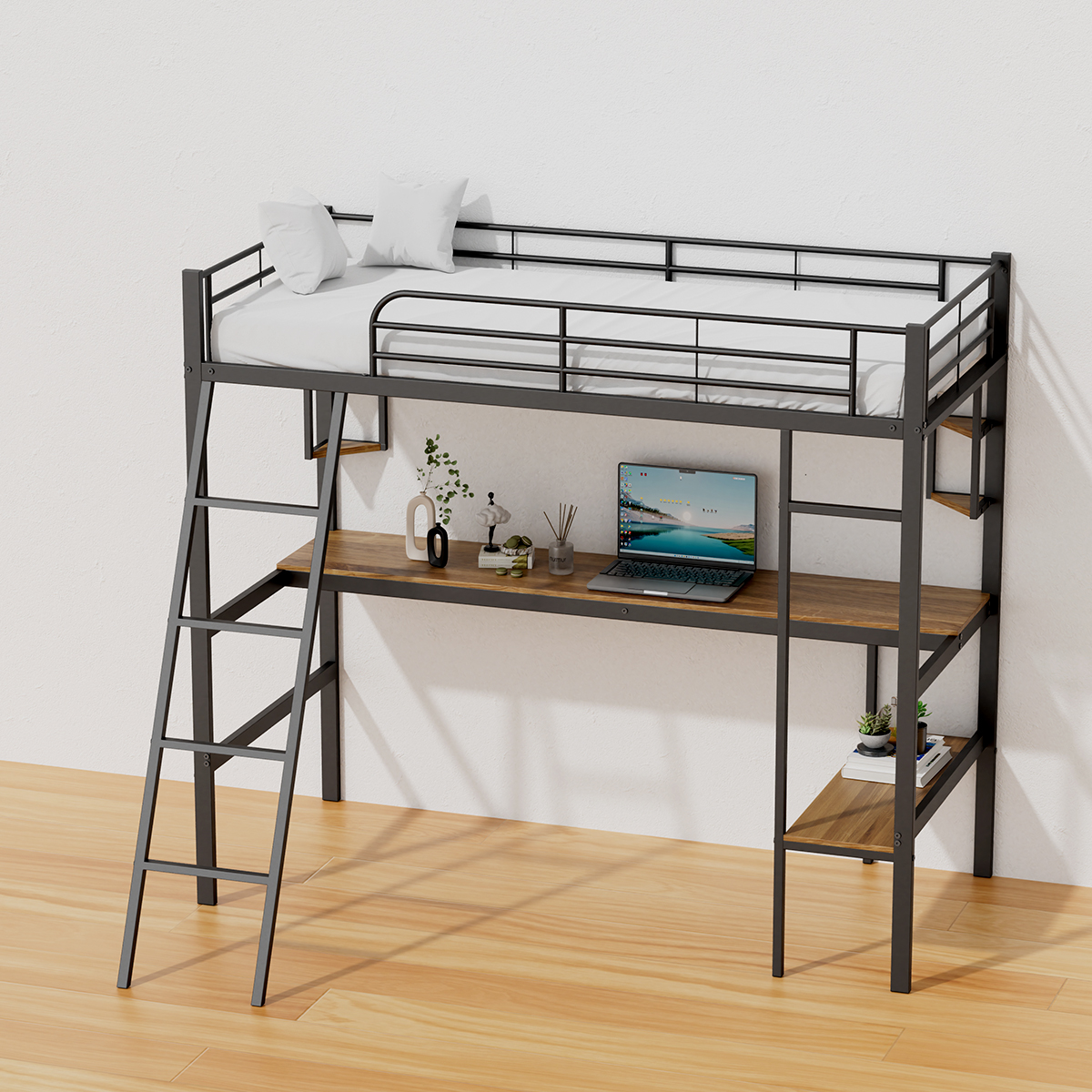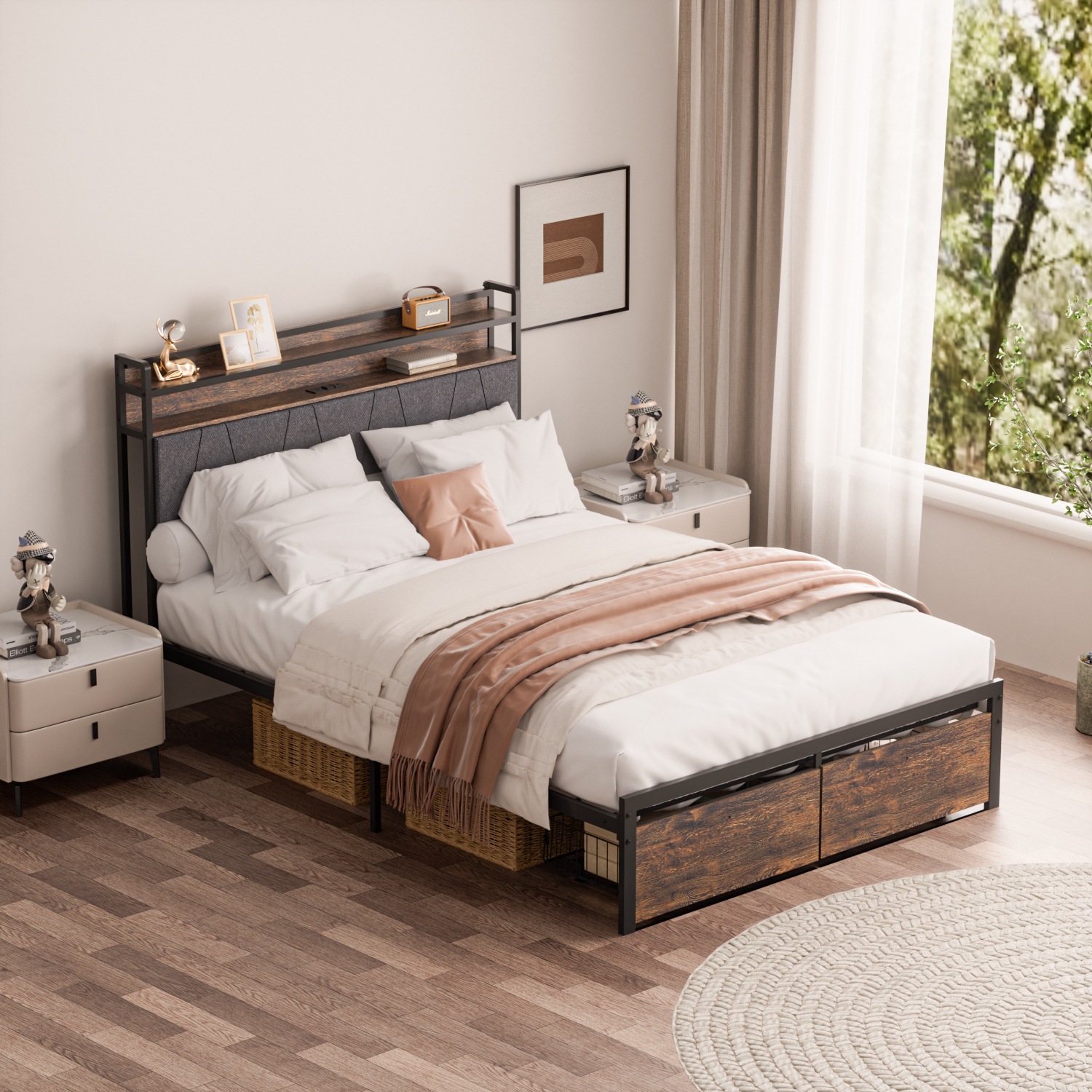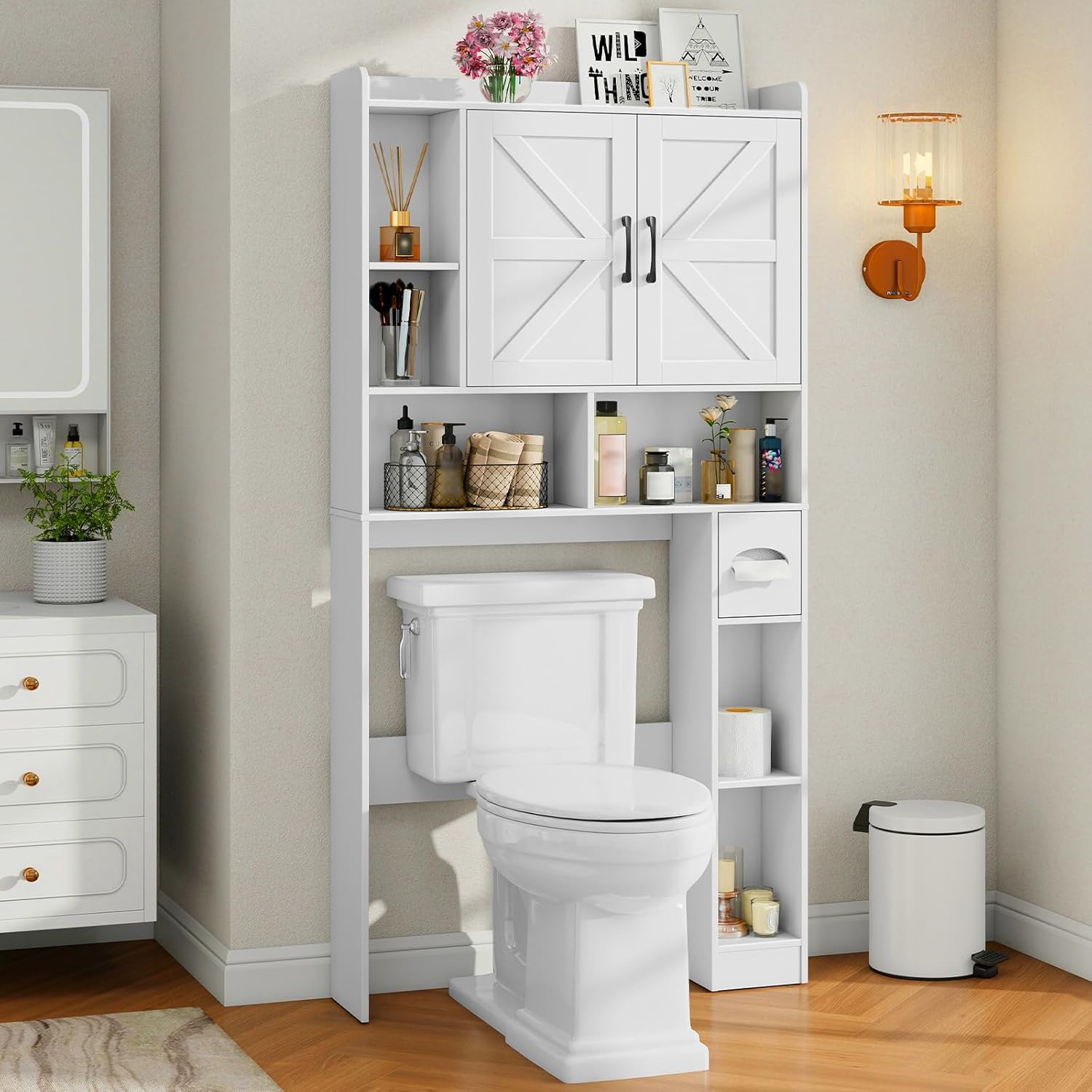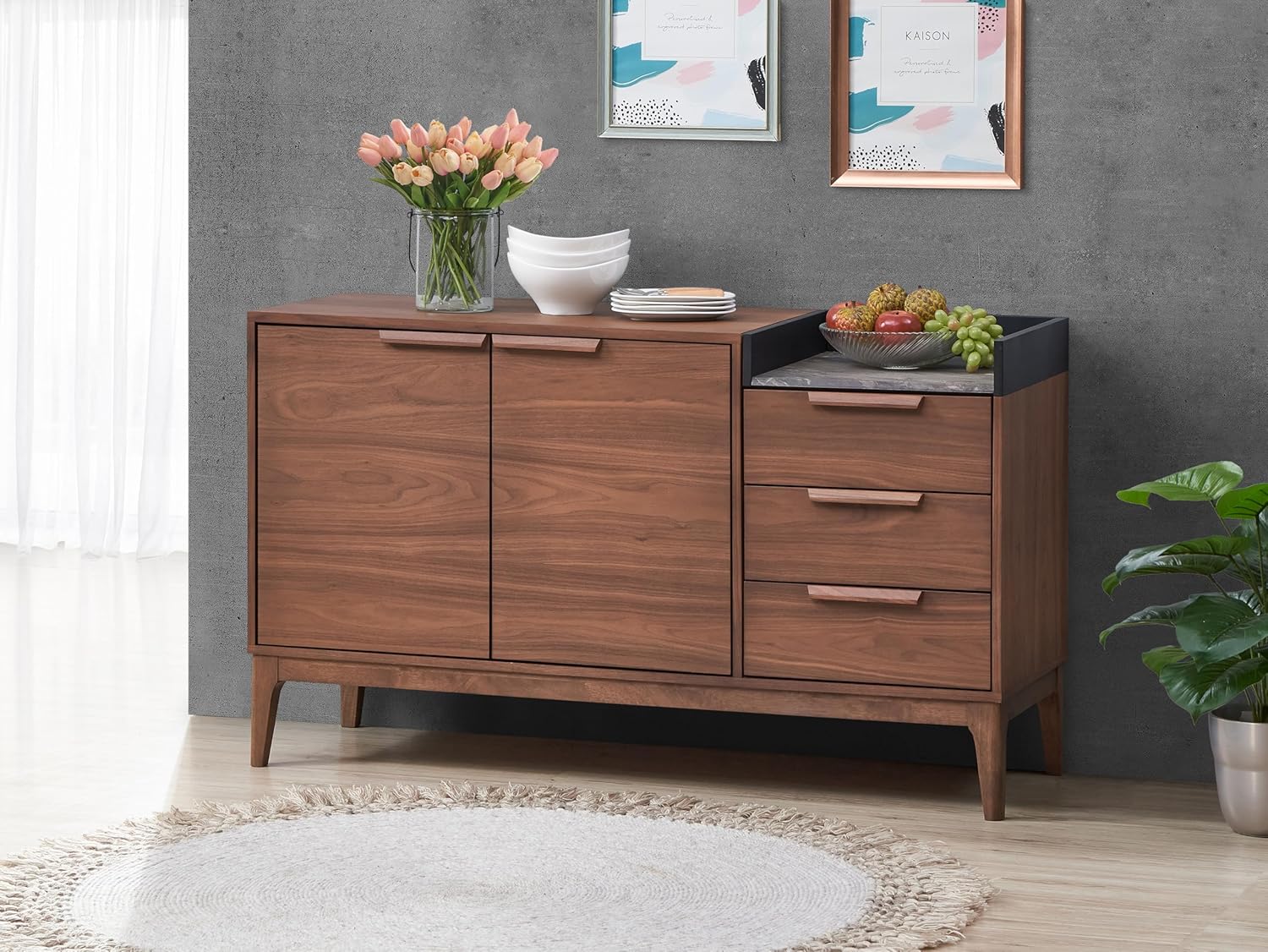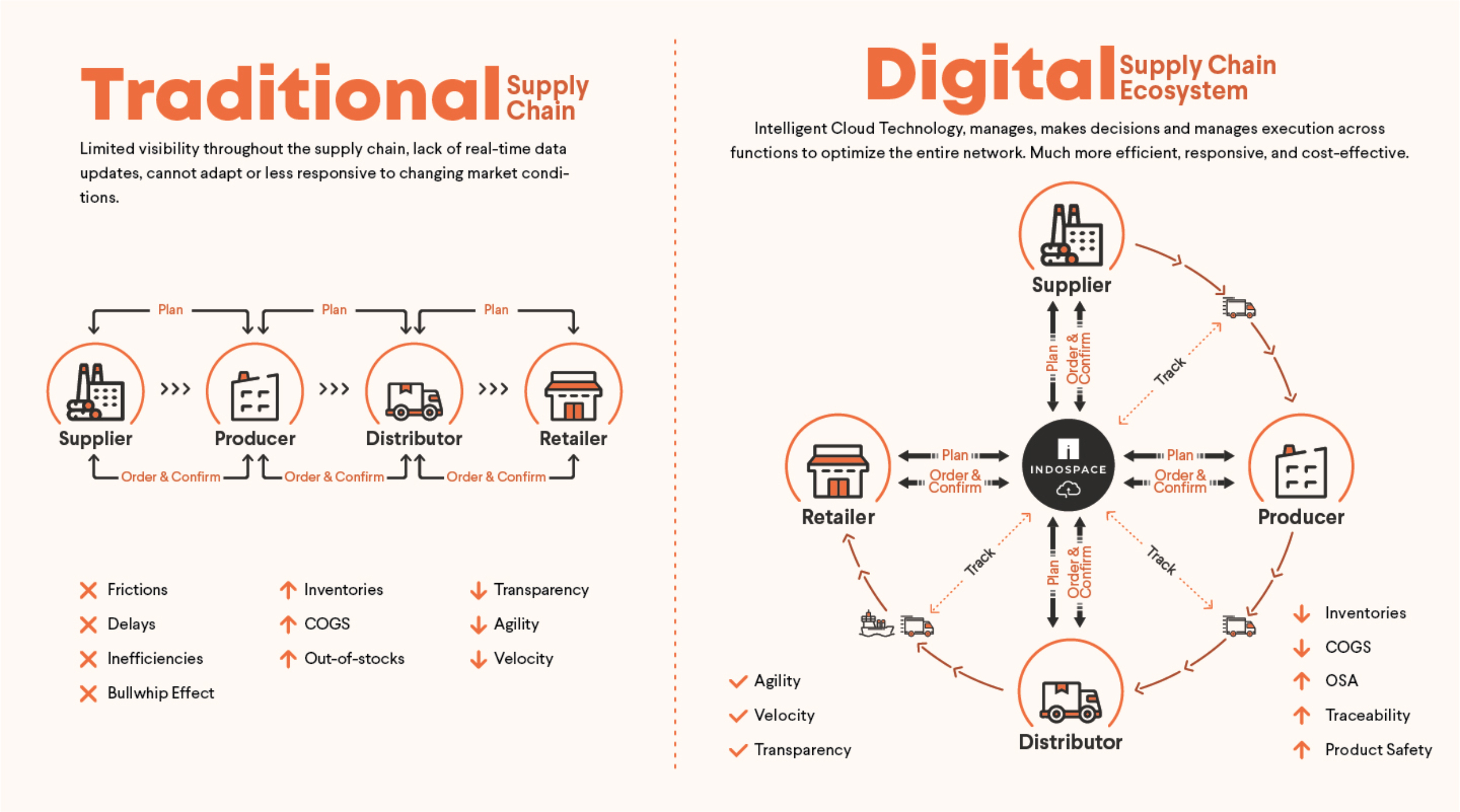
In today’s fast-moving furniture business environment, procurement is no longer simply about issuing purchase orders and accepting deliveries. Instead, the process is undergoing a profound transformation, driven by digital tools that streamline workflows, enhance transparency, and enable smarter decision-making. For companies like ours—steel-wood furniture manufacturers supplying the Europe and North America markets—understanding and embracing these tools is no longer optional but essential.
In this blog post, we explore how digital tools are changing furniture procurement, the key benefits they bring, how you can begin integrating them in a B2B context, and what this means for our company’s strategy in global markets.
1 – Why procurement needs digital transformation in furniture
Traditional procurement challenges
For a furniture manufacturer or supplier operating in B2B markets (such as supplying custom steel-wood racks, desks, shelves), procurement is complex. Some typical pain points include:
Manual data entry, spreadsheets, emails and phone calls across vendors, making tracking and auditing difficult.
Poor visibility into lead times, supplier reliability, material availability, and cost fluctuations.
Specification mismatches: special-order items, custom configurations, different materials (steel-wood combinations) often lead to mis-orders, delays, and rework.
Lack of real-time analytics: procurement decisions often rely on past experience rather than dynamic data.
Global supply chain complications: when sourcing steel, wood panels, hardware (especially if you serve Europe, North America, Russia, Indonesia), having standardised dWhat digital procurement tools are being used in the furniture industry
Let’s look at the types of tools and how they are applied specifically in furniture and B2B manufacturing contexts.
a) e-procurement / digital purchasing platforms
These platforms allow you to manage purchasing orders, supplier catalogues, quotations, approvals and workflows entirely digitally. They replace manual PO processes, reduce errors and improve tracking.
E-procurement (electronic procurement) broadly refers to technologies to automate internal and external procurement processes (e-tendering, purchase orders, invoice receipt, supplier catalogues).
In furniture procurement, one article notes: “Procurement platforms streamline the FF&E procurement process by offering a centralized solution to source, compare, and purchase furniture, fixtures, and equipment… this opens opportunities for cost savings, spend analysis, vendor management, and better budgeting.”
Benefits: cost reduction (by automating manual processes), time savings, greater supplier options, fewer stock-outs.
b) Specification and project-procurement software
Especially relevant for custom furniture and B2B projects, where you have detailed specifications, configurations, lead times.
One article on interior-design procurement notes that “Interior Design Specification Software” centralises specifications, procurement data and project workflows. It becomes the bridge between design intent and procurement execution.
c) Analytics, dashboards & supplier performance tracking
Data-driven procurement is becoming a standard. Instead of relying solely on relationships and experience, procurement managers now rely on dashboards showing spend by supplier, lead time trends, risk flags, etc.
According to a procurement-technology trends article: “Access to unified, reliable data… dynamic visual dashboards… these are key.”
In the furniture sector, future-proofing requires digital-first strategies, immersive design, and data-driven processes.
d) Integration with manufacturing, supply chain & sourcing systems
For manufacturers of steel-wood furniture, procurement is closely tied to production scheduling, inventory, and shipping. Digital tools now often integrate procurement with ERP, production systems, inventory systems.
Digitisation of furniture manufacturing can include ERP systems, production‐data integration, flexible lines.
By integrating procurement data with manufacturing workflows, you can reduce lead times, avoid material bottlenecks, and respond more rapidly to custom orders.
e) Advanced technologies: AI, AR/VR, 3D visualisation
While more progressive, some of these tools are beginning to filter into procurement and supply.
In furniture eCommerce and manufacturing, trends include 3D eCommerce, AI, AR/VR visualisation.
While traditionally consumer-facing, these tools can also support procurement: for instance, visualising custom furniture, verifying dimensions virtually, reducing specification errors.igital workflows becomes increasingly important.
The procurement landscape in the furniture manufacturing and supply industry is evolving rapidly. Digital procurement tools—from e-procurement platforms, specification software, analytics dashboards, to AI and AR integrations—are not just optional add-ons but vital enablers of agility, cost control, quality and scalability.
At Delux furniture, this is a strategic opportunity: by embracing digital procurement we strengthen our core business (steel-wood furniture supply for European and North American markets), support our custom-order capabilities, reduce lead times and risks

